Fingerstyle Guitar Techniques: A Guide to Improving Your Fingerpicking Skills
If you’re an aspiring guitarist or a seasoned player, you know how important fingerpicking is. Whether you’re playing classical, folk, or any other style of guitar, developing strong fingerstyle techniques is crucial to becoming a skilled musician. Here’s a guide to help you with mastering fingerstyle guitar, improve your fingerpicking skills and take your playing to the next level.
1. Practice with a metronome
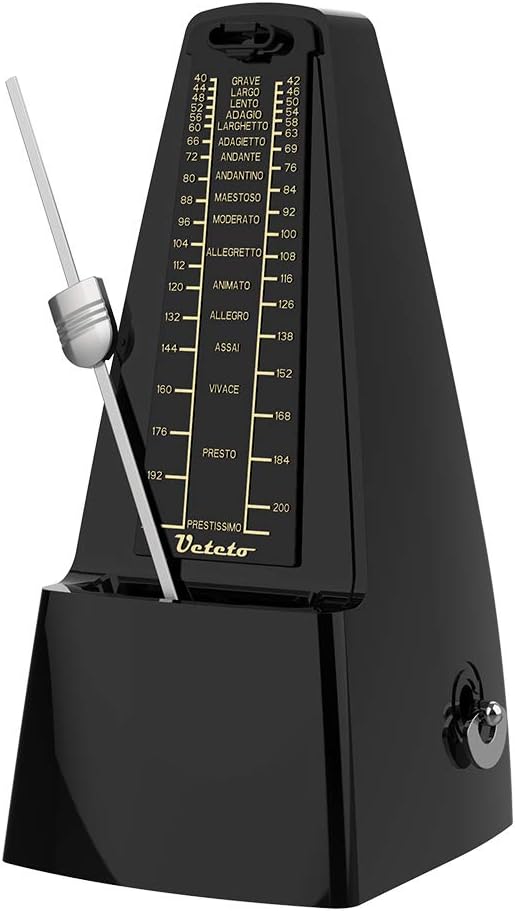
One of the most important aspects of fingerpicking is timing. Practicing with a metronome can help you improve your timing and rhythm. Set the metronome to a slow tempo and practice playing your fingerpicking patterns in time with the beat. Gradually increase the tempo as you get more comfortable.
2. Focus on your right-hand technique
In fingerpicking, your right hand plays a crucial role. To improve your fingerpicking skills, focus on your right-hand technique. Make sure you’re also using the correct fingers to pluck the strings, and work on developing a smooth and consistent picking motion.
3. Learn new fingerpicking patterns

Learning new fingerpicking patterns can help you expand your repertoire and develop your fingerpicking skills. Start by practicing simple patterns and gradually work your way up to more complex patterns. Before long you will be mastering fingerstyle guitar
4. Practice playing fingerstyle arrangements
Playing fingerstyle arrangements of your favorite songs can help you improve your fingerpicking skills while also building your repertoire. Look for fingerstyle arrangements online or create your own arrangements.
5. Experiment with different fingerpicking techniques
There are many different fingerpicking techniques you can experiment with, such as arpeggios, Travis picking, and clawhammer. Try out different techniques to find what works best for you and your playing style.
6. Use a variety of dynamics
Using a variety of dynamics in your playing can help you add depth and emotion to your music. Experiment with playing soft and loud, and with playing individual notes and chords.
7. Record and listen to yourself playing
Recording yourself playing and listening back can help you identify areas where you need to improve. Use this feedback to guide your practice and refine your fingerpicking technique.
Essential Accessories for Fingerstyle Guitar Players: From Picks to Capos and Beyond
As a fingerstyle guitar player, having the right accessories can make all the difference in your playing. From picks to capos and more, there are a variety of accessories that can help you achieve the perfect sound. Here are some essential accessories for fingerstyle guitar players.
1. Fingerpicks
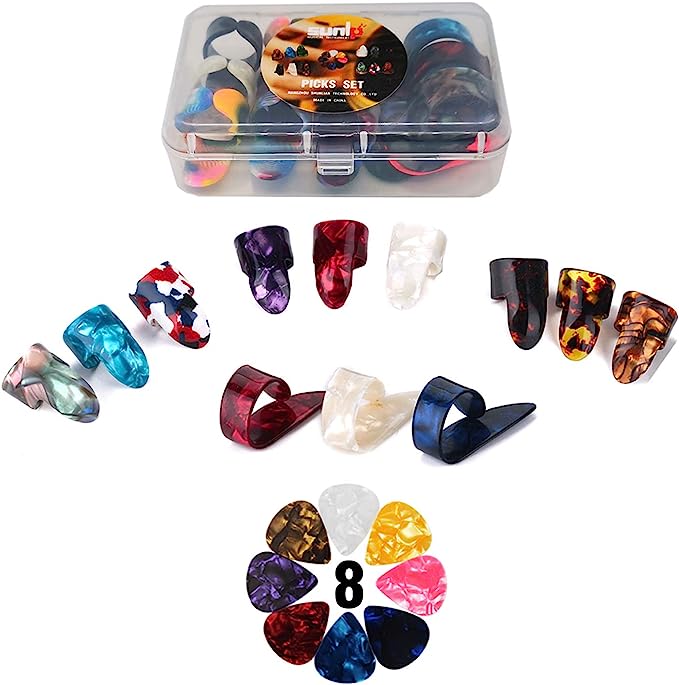
Fingerpicks are a great accessory for fingerstyle guitar players who want a brighter sound and more precise picking. They can also help protect your fingers from calluses and blisters. Experiment with different materials and sizes to find the fingerpicks that work best for you.
2. Thumbpicks
Thumbpicks are another accessory that can help you achieve a brighter sound while playing fingerstyle guitar. They attach to your thumb and allow you to pick the strings with more precision. Like fingerpicks, there are a variety of sizes and materials to choose from.
3. Capos

Capos are an essential accessory for guitar players of all styles. They allow you to change the key of a song without having to retune your guitar. This can be particularly useful for fingerstyle guitar players who want to experiment with different keys and tunings.
4. Guitar Straps
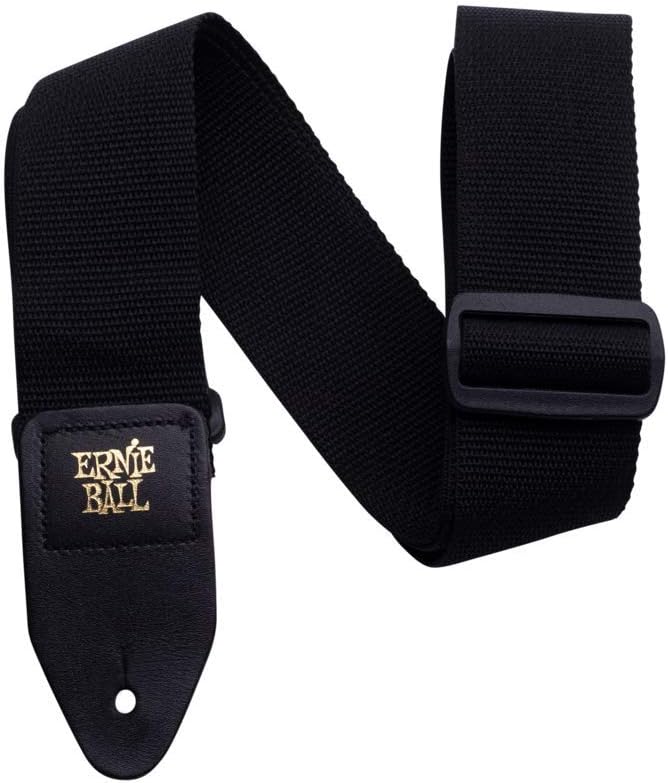
While fingerstyle guitar players typically play seated, having a guitar strap can be useful for practicing and performing in a standing position. Look for a comfortable and adjustable strap that will keep your guitar secure while you play.
5. Guitar Tuners

Keeping your guitar in tune is crucial for achieving the best possible sound. While you can tune your guitar by ear, a guitar tuner can help you achieve greater accuracy and precision. Look for a tuner that’s easy to use and accurate.
6. String Winders
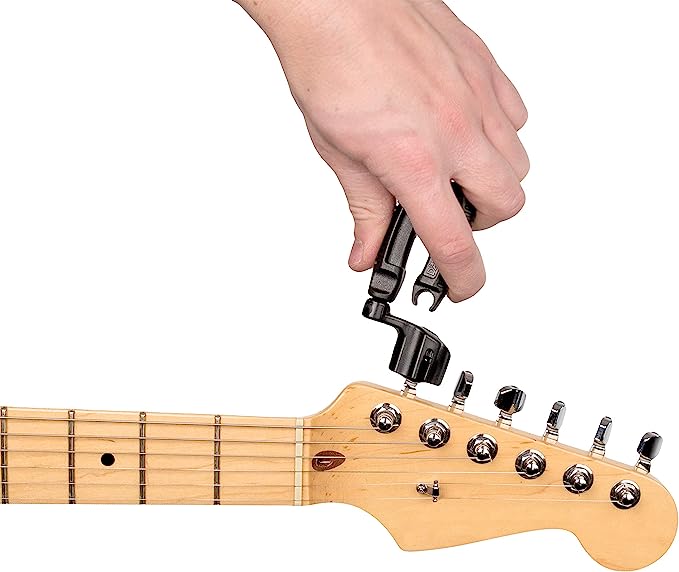
String winders can help you change your guitar strings quickly and easily. They’re particularly useful for fingerstyle guitar players who may need to change their strings more frequently due to heavy use.
7. Guitar Cases
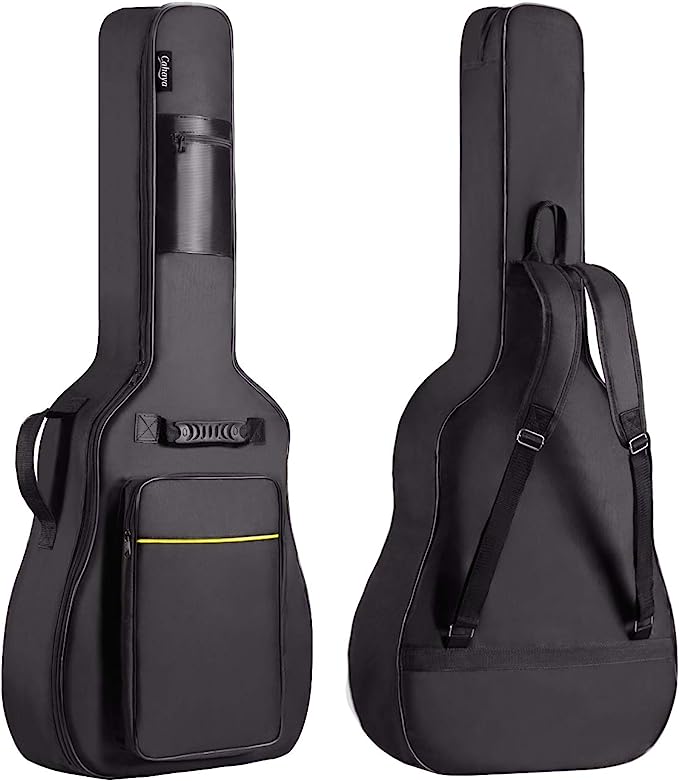
Protecting your guitar when you’re on the go is important for keeping it in good condition. A guitar case can help you transport your guitar safely, whether you’re traveling to gigs or just practicing at home. Look for a case that’s sturdy and offers good protection from bumps and scratches.
How to Choose the Right Strings for Fingerstyle Playing: A Comprehensive Guide
Playing fingerstyle guitar is a beautiful and rewarding experience, but choosing the right strings can be daunting, especially for beginners. There are many options to consider, including string material, gauge, tension, and coating. In this guide, we will discuss how to choose the best strings for fingerstyle playing, so you can achieve the tone and feel you desire and get closer to mastering fingerstyle guitar.
1. String Material
The material of the string has a significant impact on the tone as well as the playability of the guitar. The most common materials for fingerstyle playing are bronze, phosphor bronze, and nylon.

Bronze strings are bright and articulate, with a crisp attack that works well for fingerstyle playing. Phosphor bronze strings have a warmer tone and longer sustain, making them ideal for players who prefer a more mellow sound.
Nylon strings are commonly used for classical and flamenco guitar playing, as they offer a unique tone and softer feel. They are ideal for players who want a warm and mellow tone.
2. String Gauge
The gauge of the string refers to its thickness, which affects the tone and tension of the string. For fingerstyle playing, light or medium gauge strings are generally preferred, as they are easier to fret and provide a comfortable playing experience.
However, some players prefer heavier gauge strings for their more substantial tone and increased volume. Ultimately, the gauge you choose depends on your playing style and preference.
3. String Tension
String tension is another crucial factor to consider when choosing strings for fingerstyle playing. The tension of the string affects its playability and tone.
High tension strings require more force to fret, but they offer a brighter and more articulate tone. Low tension strings, on the other hand, are easier to fret and provide a warmer and more mellow tone.
4. String Coating
String coating refers to a thin layer of material applied to the strings to prolong their lifespan and prevent corrosion. Coated strings are available in various materials, including polymer and nanoweb.
Coated strings tend to last longer than uncoated strings, as they are less susceptible to corrosion from sweat and other environmental factors. However, they may have a slightly different tone than uncoated strings, so it’s important to experiment with different options to find the one that suits your playing style and preference.
Fingerstyle Guitar Players You Need to Know: A Look at Some of the Greatest Fingerstyle Guitarists of All Time
Fingerstyle guitar playing is an intricate and beautiful art form that has been enjoyed by millions of people over the years. It involves using the fingers of the picking hand to pluck the strings of the guitar in a way that creates a unique sound and style. In this blog post, we will take a look at some of the greatest fingerstyle guitarists of all time and the impact they have had on the world of music.
The History of Fingerstyle Guitar Playing
Fingerstyle guitar playing has a long and rich history dating back to the early days of the guitar. While the origins of fingerstyle playing are somewhat unclear, it is believed that it was first popularized in the early 1900s by African American musicians who used the technique to create a unique sound that was both rhythmic and melodic.
Over the years, fingerstyle guitar playing has evolved and grown in popularity, with many legendary musicians making a significant impact on the genre.
The Greatest Fingerstyle Guitarists of All Time
- Chet Atkins – Known as “Mr. Guitar,” Chet Atkins was a master of fingerstyle guitar playing. He was also a prolific songwriter and session musician who worked with some of the biggest names in music, including Elvis Presley and The Everly Brothers.
- Tommy Emmanuel – Tommy Emmanuel is a virtuoso fingerstyle guitarist who has won numerous awards for his incredible playing. He is known for his incredible speed and precision, as well as his ability to create beautiful melodies.
- Merle Travis – Merle Travis was a country music legend who helped popularize fingerstyle guitar playing in the 1940s and 1950s. He is best known for his song “Sixteen Tons,” which became a massive hit in the 1950s.
- Doc Watson – Doc Watson was a blind guitarist who was also known for his incredible fingerstyle playing. He won multiple Grammy Awards throughout his career and was a major influence on many musicians who followed in his footsteps.
- Leo Kottke – Leo Kottke is a master of fingerstyle guitar playing who is known for his intricate picking patterns and unique tunings. He has also released over 30 albums throughout his career and has been praised for his innovative and experimental approach to the instrument.
The Impact of Fingerstyle Guitar Playing
Fingerstyle guitar playing has had a significant impact on the world of music, influencing countless musicians across a wide range of genres. Its unique sound and style have also helped to create some of the most memorable and iconic songs in history.
Whether you are a fan of country, rock, blues, or any other genre, there is no denying the impact that fingerstyle guitar playing has had on the world of music. So take some time to explore the incredible work of these legendary fingerstyle guitarists and discover the beauty and artistry of this unique style of playing.
The 7 Best Acoustic Guitars for Fingerstyle Playing
Introduction to Fingerstyle Playing
Fingerstyle guitar playing is a technique that involves playing the guitar strings with the fingertips, rather than a pick. It’s a technique that has been used for centuries, and it’s still popular today. The sound of fingerstyle guitar is often associated with folk and classical music, but it’s used in many other genres as well, including pop, rock, and jazz.
If you’re interested in playing fingerstyle guitar, one of the most important things you need is a good acoustic guitar. In this post, we’ll take a look at the 7 best acoustic guitars for fingerstyle playing. We’ll discuss the features of each guitar, as well as the pros and cons, to help you make an informed decision when choosing your next instrument.
Criteria for Choosing the Best Acoustic Guitar for Fingerstyle Playing
Before we get into the specific guitars, let’s talk about some of the criteria you should consider when choosing an acoustic guitar for fingerstyle playing.
First and foremost, you want a guitar with a balanced tone. This means that the bass, midrange, and treble frequencies are all well-represented and that no one frequency dominates the others. A balanced tone will allow you to play a wide variety of music styles without your guitar sounding out of place.
Another important consideration is the action of the guitar. This refers to the distance between the strings and the fretboard. For fingerstyle playing, you want a guitar with a low action, which means the strings are closer to the fretboard. This makes it easier to play complex fingerstyle patterns without having to press down too hard on the strings.
Finally, you want a guitar with good sustain. Sustain refers to how long a note continues to ring after you’ve played it. Mastering fingerstyle guitar playing often involves holding notes for extended periods, so you want a guitar that can produce a clear, sustained tone.
The 7 Best Acoustic for Mastering Fingerstyle Guitar Playing
Taylor 814ce
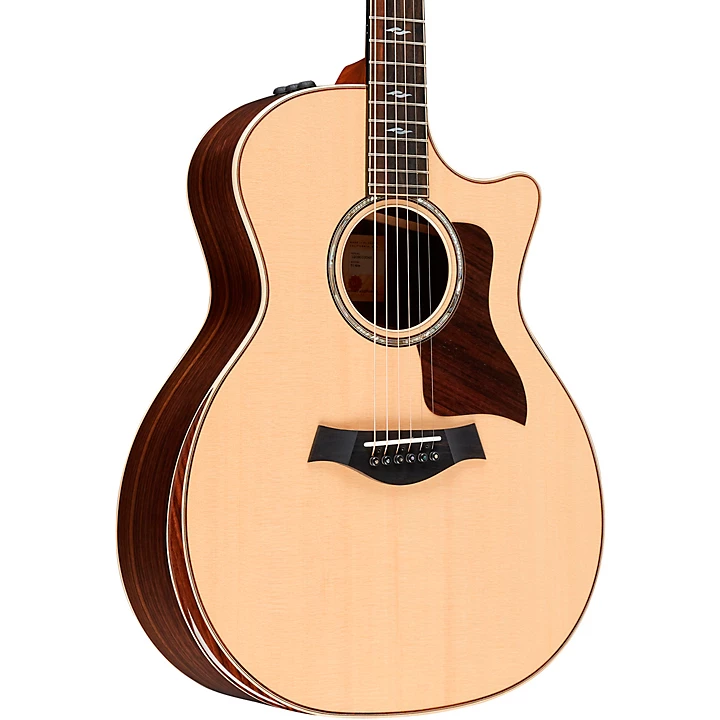
The Taylor 814ce is a popular choice among fingerstyle guitar players. It has a balanced tone with clear highs and mids and a warm low end. The guitar also has a low action, which makes it easy to play. The 814ce has a grand auditorium body shape, which gives it a full, rich sound. The guitar’s sustain is also excellent, making it ideal for fingerstyle playing.
Martin OM-28

The Martin OM-28 is a classic guitar that has been used by fingerstyle guitar players for decades. It has a balanced tone with a strong midrange and clear treble and bass. The guitar has a low action, which makes it easy to play complex fingerstyle patterns. The OM-28 has an orchestra model body shape, which gives it a balanced sound. The guitar also has excellent sustain, making it ideal for fingerstyle playing.
Gibson J-200
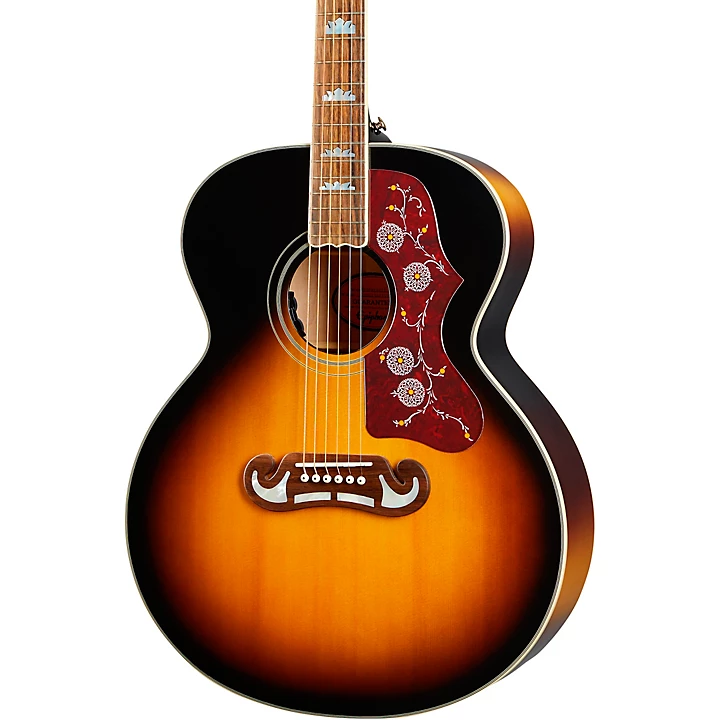
The Gibson J-200 is a large guitar with a big, boomy sound. It has a balanced tone with a strong midrange and clear highs and lows. The guitar has a slightly higher action than some of the other guitars on this list, but it’s still suitable for fingerstyle playing. The J-200 has a jumbo body shape, which gives it a powerful, commanding sound. The guitar’s sustain is also excellent, making it ideal for fingerstyle playing.
Collings OM2H
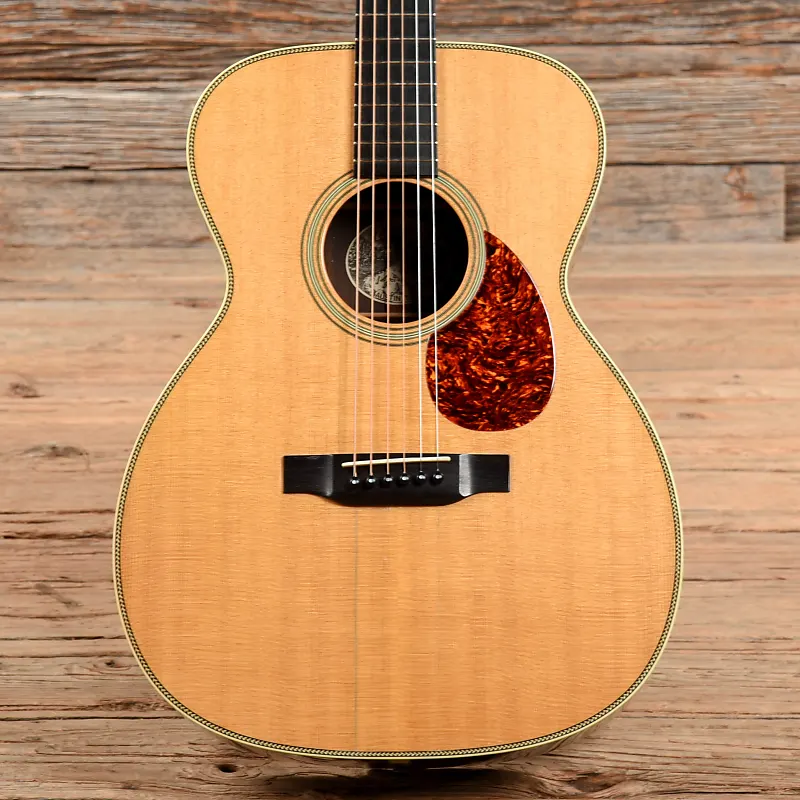
The Collings OM2H is a handcrafted guitar that has a balanced tone with clear highs and mids and a warm low end. It has a low action, which makes it easy to play. The guitar has an orchestra model body shape, which gives it a balanced sound. The OM2H also has excellent sustain, making it ideal for fingerstyle playing, I was only able to find this model used but I included a link to their site.
Taylor 714ce

The Taylor 714ce is another popular choice among fingerstyle guitar players. It has a balanced tone with clear highs and mids and a warm low end. The guitar has a low action, which makes it easy to play complex fingerstyle patterns. The 714ce has a grand auditorium body shape, which gives it a full, rich sound. The guitar’s sustain is also excellent, making it a great choice for fingerstyle playing.
Yamaha L-Series LS16R
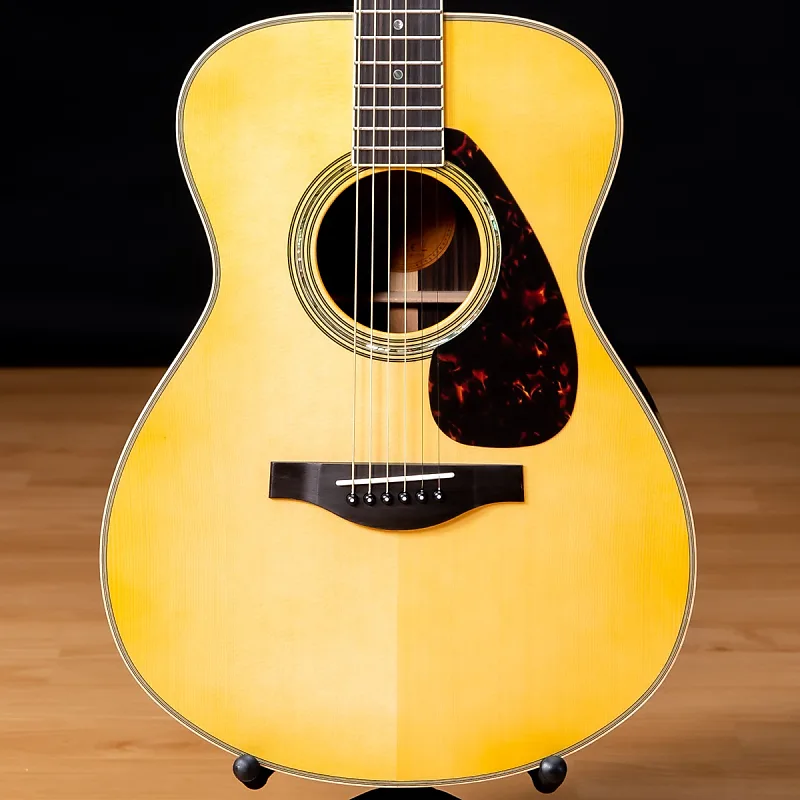
The Yamaha L-Series LS16R is a mid-range priced guitar with a balanced tone and a strong midrange. It has a low action, which makes it easy to play. The LS16R has a dreadnought body shape, which gives it a powerful, full sound. The guitar’s sustain is also good, making it a great choice for fingerstyle playing.
Breedlove Oregon Concerto
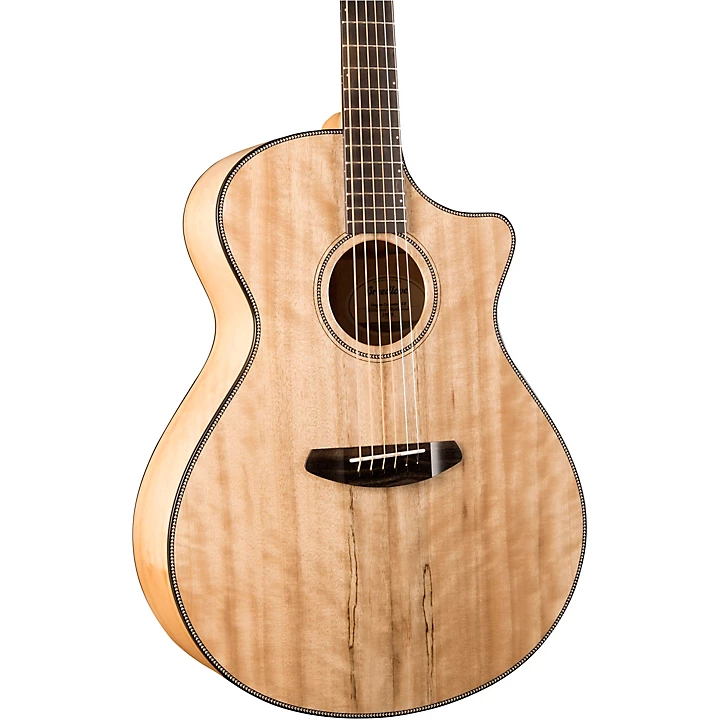
The Breedlove Oregon Concerto is a handcrafted guitar that has a balanced tone with clear highs and mids and a warm low end. It has a low action, which makes it easy to play complex fingerstyle patterns. The Concerto has a concert body shape, which gives it a balanced sound. The guitar’s sustain is also excellent, making it ideal for fingerstyle playing.
Conclusion
Mastering Fingerstyle guitar playing is a beautiful and rewarding experience, but it requires practice, patience, and the right accessories and strings. To improve your fingerpicking skills, practice with a metronome, focus on your right-hand technique, learn new fingerpicking patterns, experiment with different fingerpicking techniques, and use a variety of dynamics. As for accessories, fingerpicks, thumbpicks, capos, guitar straps, guitar tuners, string winders, and guitar cases can help you achieve the perfect sound and protect your instrument. When choosing the right strings for fingerstyle playing, consider the material, gauge, tension, and coating to achieve the tone and feel you desire. With dedication and attention to detail, you can start mastering fingerstyle guitar and create beautiful music.
Thanks for reading this blog post Mastering Fingerstyle Guitar: From Techniques to Gear and Inspiration! If you enjoyed this article and want to read more like it, make sure to check out our blog https://rhythmsphere.com/blog/. There, you’ll find a wide variety of music-related topics, including product reviews, industry news, and helpful tips and tricks. Don’t forget to subscribe to our newsletter so that you never miss an update. Thank you for your continued support of Rhythmsphere!

